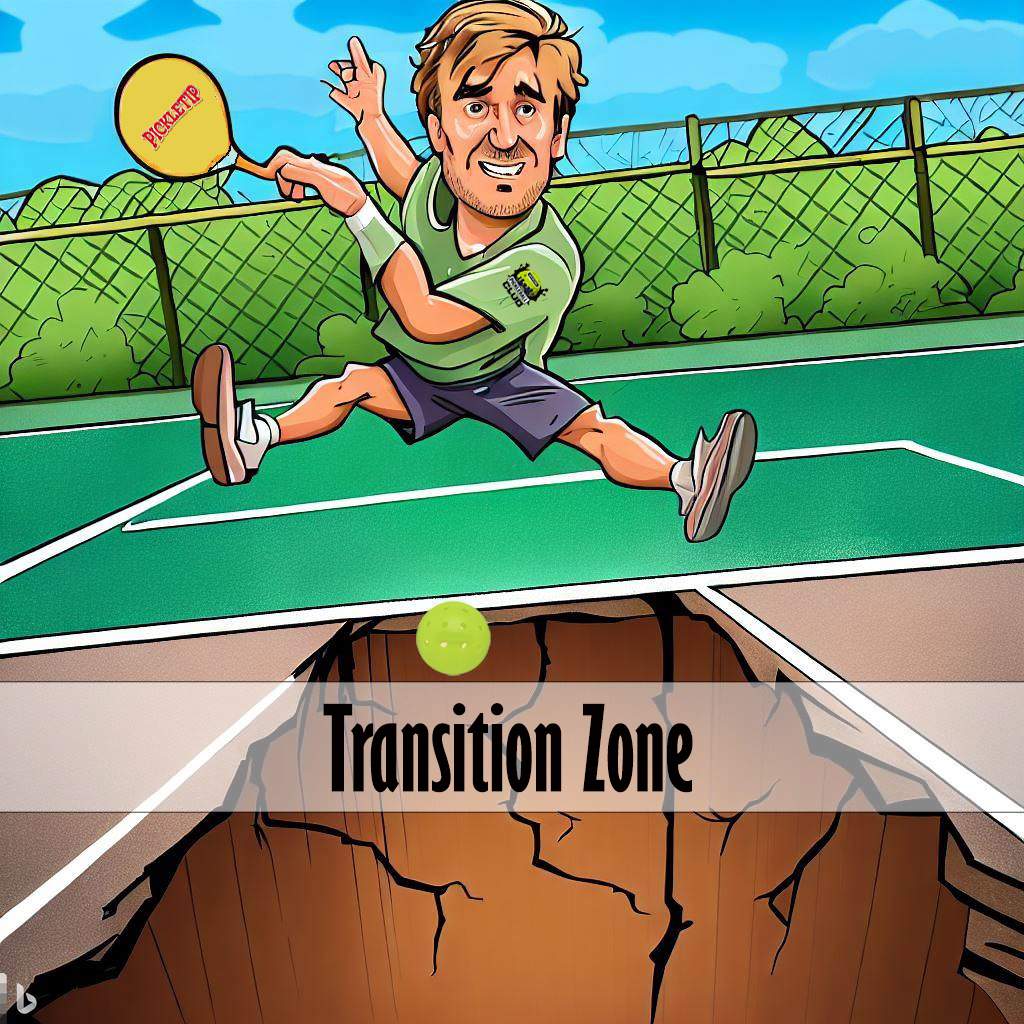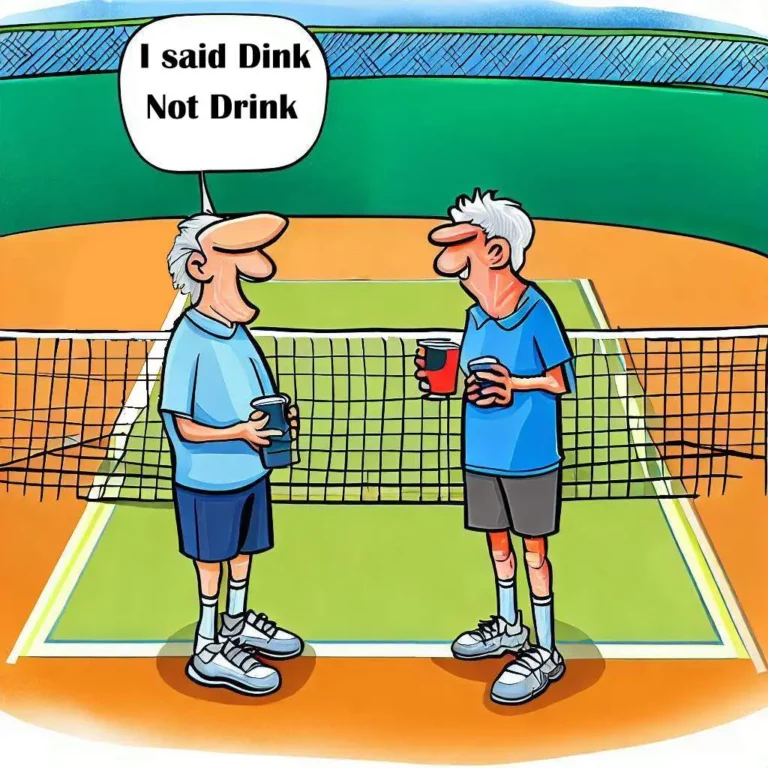Pickleball No Man’s Land Strategy
Mastering Pickleball No Man’s Land Strategy

My Pickleball Journey: From Reckless Speed to Strategic Patience
As a beginning pickleball player, I charged the net with reckless abandon. I thought speed was everything – the faster I approached the kitchen line, the better. How wrong I was. Through many lobs whizzing past my ears and dinks dancing at my feet, I learned the hard way that the pickleball no man’s land demands strategy, not just speed.
The turning point came on a quiet Wednesday night under the lights. I was a blur of gangly limbs and wavering balance. My opponents graciously fed me balls to pound down my throat. And I gulped them up greedily, trying in vain to smash each ball from an awkwardly lunging position. It finally clicked: I needed control, not just momentum. I had to master the delicate dance between offense and defense occurring in the pickleball purgatory known as “no man’s land.“
The Yin and Yang of the Transition Zone
The transition zone is where fast-paced rallies reach their crescendo. It is a pickleball paradox: as you approach the coup de grâce at the net, you must slow down and exercise patience. Let’s explore the nuances of this crucial court region.
Mind Over Momentum
Quell your urge to sprint headlong toward the NVZ. Move deliberately, under control. Stop and split step to handle shots. Don’t let haste make waste of a scoring opportunity.
Linked Like Chain Mail
In doubles, stay shoulder-to-shoulder with your partner. Closing gaps denies openings for angled attacks. Move as a unit, in lockstep.
Get Low Like Limbo
As the ball rises, dip down. Flex your knees and legs into a wide stance. Maintain stability and balance to handle high returns.
Paddle Control Parries
Prepare your paddle out front and be quick on the draw. Let wrists gently absorb impact. A loose grip and short backswings allow smooth redirects of tricky shots.
Pickleball No Man’s Land Strategy
Proper Form and Technique
Footwork
Use small, controlled steps up the court. Keep feet shoulder-width for stability. Try to take a last cross-over step to align your body as you approach the NVZ.
Body Positioning
Stay low with knees bent to enable quick changes of direction. Maintain balanced ready position centered on the balls of your feet. Keep shoulders squared up and head still.
Paddle Position
Grip paddle loosely but firmly. Keep paddle up and out in front of body. Use short backswings for compact preparation and quick response.
Weight Transfer
Shift weight forward as you move up the court. Transfer weight to front foot as you complete cross-over step. Stay balanced and grounded.
Pickleball No Man’s Land Strategy Drills
Drills to Improve Transition Skills
Slow Motion Drills – Purposely move in slow motion focusing on proper footwork, paddle prep, and weight transfer. Observe yourself and make adjustments.
Shadow Drills – Visualize an ideal rally and mimic movements without a ball. Concentrate on technique.
Approaches with Partner – Trade shots moving up the court. Cue proper form and provide feedback.
Video Analysis – Tape video of live drills to study and correct errors in transition form.
Consistent practice using quality technique will reprogram your muscle memory. Be patient and keep transitions controlled.
Now Make Haste Slowly to the Kitchen
By following these pickleball no man’s land strategy principles, you’ll trade frustrating flubs for deft dinks, drives, and drops. Mastering strategy in the transition zone is a test of reflex and restraint. Now that you understand the nuances of no man’s land, victory awaits at the net. Just remember: patrol patiently, paddle ready…then pounce!






